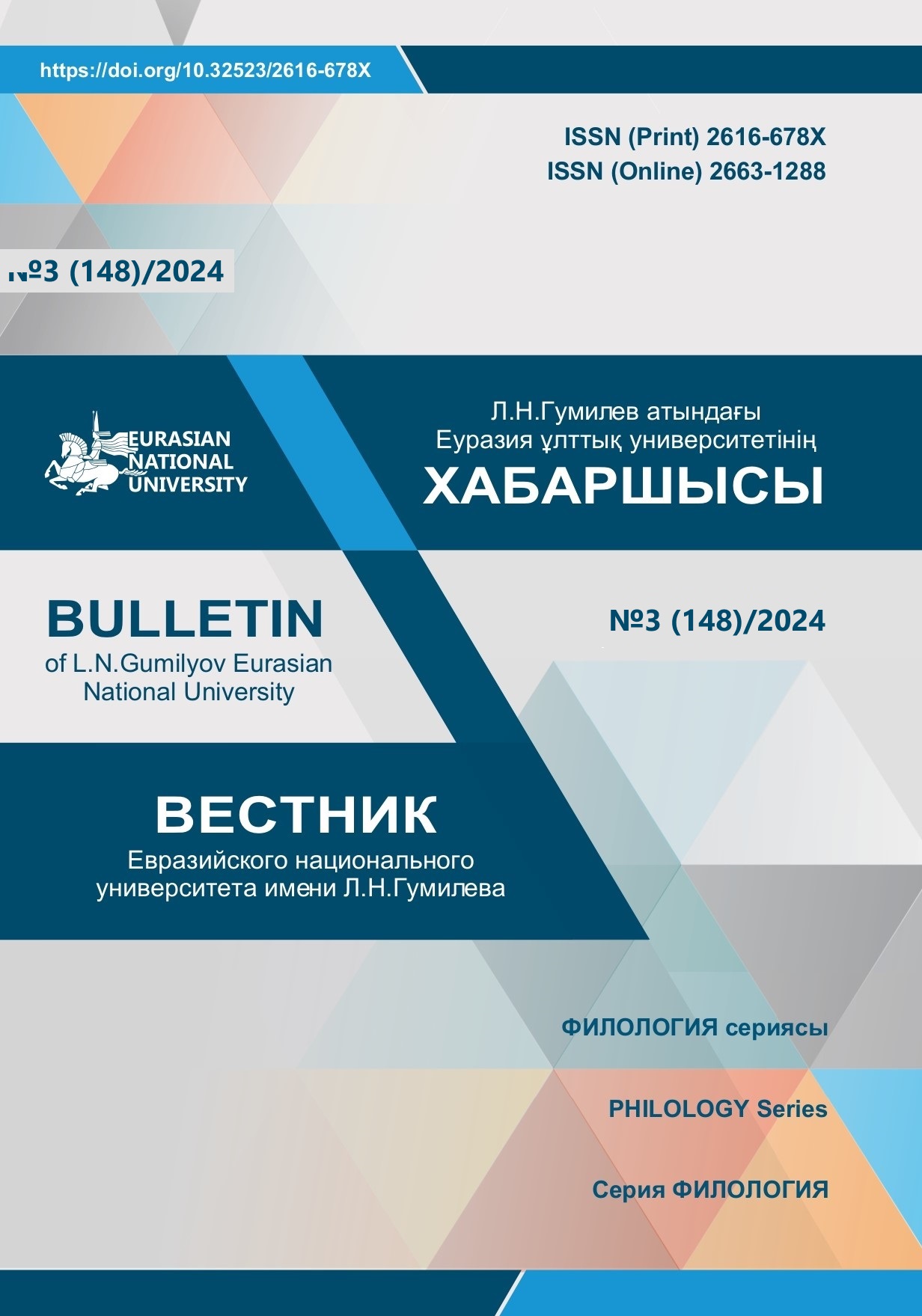Audio description as a special form of translation activity
Views: 333 / PDF downloads: 131
DOI:
https://doi.org/10.32523/2616-678X-2024-148-3-195-202Keywords:
socially-oriented types of translation, audio description, audiovisual translation, communication, special translation methods and techniques, visual information, translation of dataAbstract
The article examines the current state of translation activity in Kazakhstan, which is focused on special social group of people in our society: people with special needs. This group of individuals needs special types of translation to communicate with the other people. These special types of translation are defined by the authors of the article as socially-oriented types of translation. Nowadays there are other types of translation for special social group of people such as sign language interpretation and dactylic interpretation which can be also considered as socially-oriented types of translation. The aim of the research is to study the historical and socio-cultural factors that led to the emergence and development of audio description. The main idea of the research emphasizes that socially-oriented types of translation fell out of sight of modern researches of translation and translation activity. As a result it is necessary to recognize that the issues of creating a methodological base for audio description research as well as training of audio description translators are of particular relevance in modern society as well as in Kazakhstan. The study provided a compare analysis of audio description as a special from of translation activity.
Downloads
Published
How to Cite
Issue
Section
Funding data
-
Ministry of Education and Science of the Republic of Kazakhstan
Grant numbers AP19679666 “Audio description as a socially-oriented type of translation activity: training of translators of audio description”







